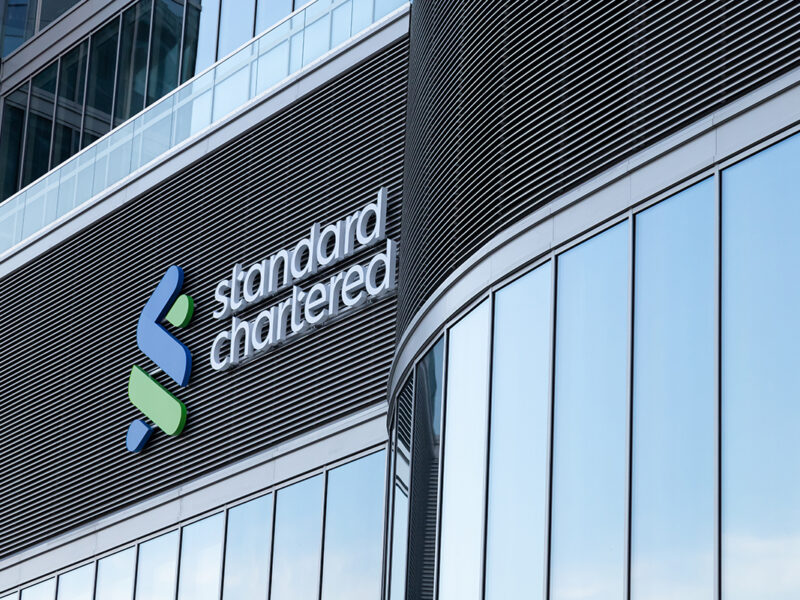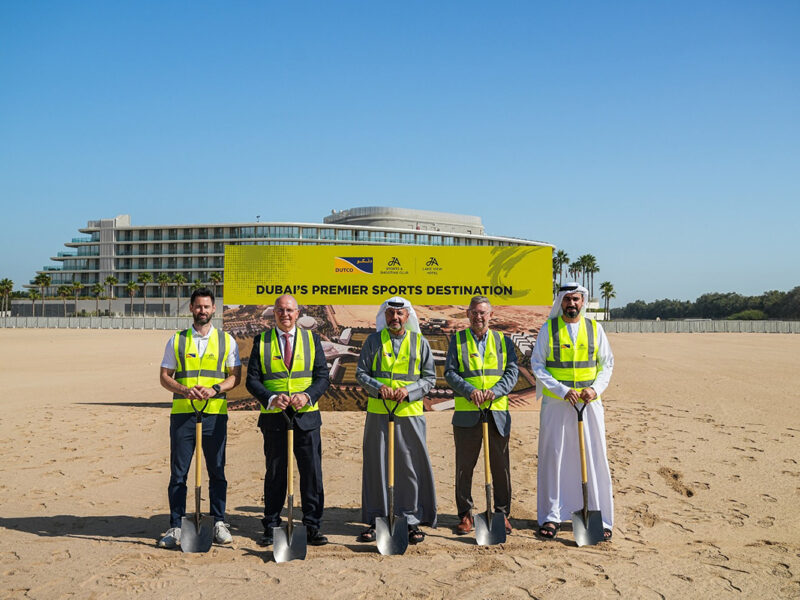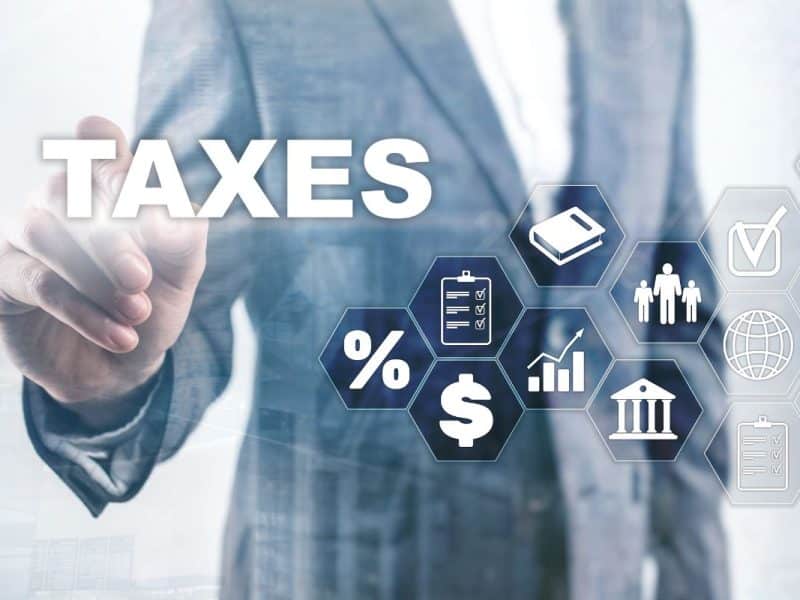More than two thirds of respondents to a recent survey by Meeting Professionals International reported favourable business conditions for the meetings and events industry, and the same survey predicted an increase in total event spend of nearly 2% in 2016.
But at the same time it’s a competitive market, and continuing price increases mean event budgets are always under pressure. So it’s really important to be able to calculate the return on investment (ROI) from our events as accurately as possible.
Unfortunately this isn’t something we always do well as an industry. According to two market studies done in 2015, around one quarter to one half of all event marketers believe they can’t measure their event ROI – at all.
Even when we do measure ROI, there’s still a tendency to focus on one-dimensional metrics such as participation and social media ‘likes’, which give only a limited understanding of event success.
So here are five ways to measure event ROI more accurately.
1. Define your goals upfront: To measure event success accurately you must know what success looks like for you. Knowing your ‘why’ is a crucial part of measuring, and maximising, ROI.
Organisations sometimes look at this backwards – starting from the event they have in mind. Goals should come first, always, because they shape every decision you make. So an event you run to generate hype for a new product line will be different from an event designed to generate warm business leads, or an internal engagement exercise.
It’s important that everyone involved in the event understands and agrees on goals before you start event planning. Success can take different forms, so if you don’t define what you’re trying to achieve from the outset then you risk achieving something altogether different – or nothing at all.
A common mistake is to dismiss goal setting as a simple exercise and delegate it to implementers, rather than decision-makers. Your event goals should map to business outcomes, so a higher-level understanding of corporate strategy is important in this goal-setting process.
You should be looking towards a proactive strategy that maximises the event channel, rather than reactive ad hoc events. Establishing business-driven event goals is only the first step in measuring your success. Once you’ve agreed on your goals, you need to translate these into tangible metrics that can provide a data-picture of your achievements.
2. Choose the right metrics – and don’t overlook soft goals: Knowing you want to ‘increase sales’ or ‘generate buzz’ is only half the battle; you must know which metrics will tell you whether you’ve achieved those goals.
If you want to generate revenue from ticket sales or drive traffic to a new product ,site then it’s clear enough which data will help you assess success.
The problem comes when you look at the bigger picture. At least some of your goals will be ‘soft’ – and much more difficult to measure. For instance, according to EMI’s EventTrack 2015 report, ‘increasing brand awareness’ was the primary stated goal for over 80% of brands involved in event marketing; a higher percentage than had ‘increasing sales’ as their primary goal.
Goals that aren’t clearly quantifiable may still be among your most important. You don’t need to measure everything, but you do need a range of metrics, qualitative and quantitative, to ensure you get the complete picture. So if you’re aiming to drive brand engagement you might conduct post-event sentiment surveys as well as monitoring positive social media mentions.
And keep in mind the importance of establishing benchmarks (for example against your past results or competitors) to give your results more context.
3. Be comprehensive when calculating event spend: Of course if you’re calculating event ROI you’ll be tracking your event spend. But you might not be doing it as accurately or comprehensively as you think.
Some costs are obvious upfront ones which are easy to measure: for instance accommodation, travel and food and beverage (F&B), along with things like venue hire, speaker fees and audio-visual costs. Convene’s 2015 Annual Meetings Market Survey reported that F&B costs are still the largest expense incurred by event planners, accounting for an average 32% of their total costs for exhibition events.
Audio-visual is next at around 15% of total spend. With figures like these, and the constant pressure to cut spend in those areas, these are not costs you’re likely to overlook in calculating your ROI.It’s the less obvious costs, those you might not have fully accounted for, which will make your final ROI calculations less accurate if they slip under the radar.
Transaction fees, shipping charges, housekeeping fees, call costs and currency exchange fees are common culprits.
The Convene 2015 Survey found that on average 1% of event budget goes towards app development, 1% on security, and another 1% on insurance. Given that 30% of survey respondents had a total annual convention/meeting budget of over $2.5m, those amounts aren’t trivial. Small hidden costs add up, and the more accurately they can be tallied, the more accurate your event ROI measurement will be.
4. Invest time in post-event analysis: Once an event is over, assessing the ROI should be simply a matter of evaluating the data you’ve collected. But this isn’t as easy as it sounds.
Fatigue is common after all the frantic activity of a large event, and it’s tempting not to give the post-event analysis the attention it deserves. But it’s the retrospective analysis that helps you refine and improve your future events.
Not assessing and building on data from past event performance is one of the biggest mistakes that event marketers make – and often stems from a failure to assign goals and establish the right metrics at the outset.
Be disciplined about upfront planning and your post-event analysis will be simpler and more informative, giving you a benchmark for future events. You’ll know what went well and what didn’t, and why, so you can work on it for future events.
5. Don’t ignore social media: Social media engagement matters hugely to the meeting and events industry. Respondents to a study from Freeman XP and the Event Marketing Institute saw an average of 1.4 million touches, communications, connections, shares and impressions per event.
That figure increases markedly, to 7.8 million, for companies that have high confidence in their own viral impact.
In other words, social media can play a very important role in amplifying event reach, driving brand visibility and increasing engagement.
Measuring social media interaction does introduce its own problems though. One mistake is to put too much weight on vanity metrics such as follower growth or ‘likes’.
To give you an idea, the Association of National Advertisers report that ‘likes’ are the most common measure of effectiveness of social content amongst the 80% of US-based client-side marketers surveyed.
Metrics like these might be easy to track, but don’t necessarily give useful information. Pairing these metrics with others can help build a more comprehensive picture.
For instance, follower count becomes much more meaningful if measured alongside longer-term engagement rate metrics, which are generally more relevant. So 300,000 people tweeting your hashtag might be flattering, but increased engagement rate is a better indicator of profitability.
You might think of calculating event ROI as a backward-looking activity, but you have to lay the groundwork upfront. Analysis is important but you have to know what you’re analysing and why.
This starts with setting goals linked to business outcomes, and translating those goals into metrics. Once you know which behaviours you hope to generate – and how you’ll measure them – you’ll need to establish benchmarks against which your results will be meaningful.
Just as all this happens upfront, so too does effective budgeting, which allows you to identify potential hidden costs so you can better account for them. These upfront activities sometimes fall by the wayside, but without putting in the work pre-event you won’t be able to measure ROI effectively post-event.
And longer-term you’ll struggle to justify the events budget you need.

Omar Rahman is president of TGP, an events solution provider.









